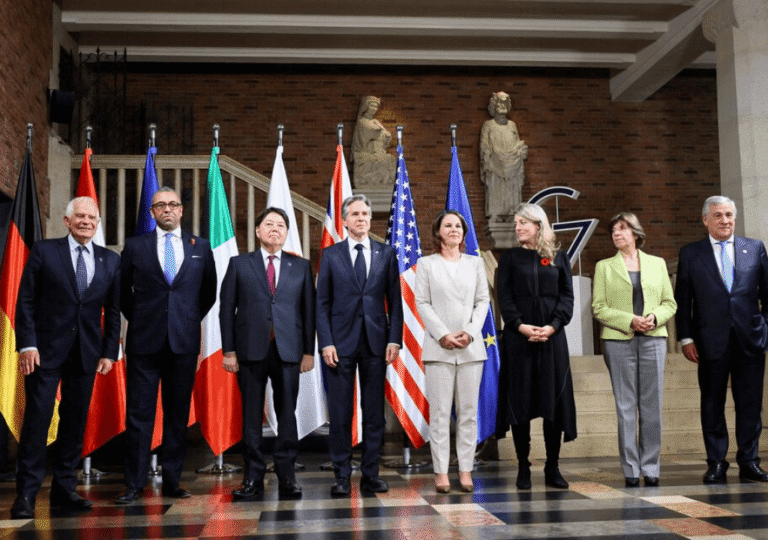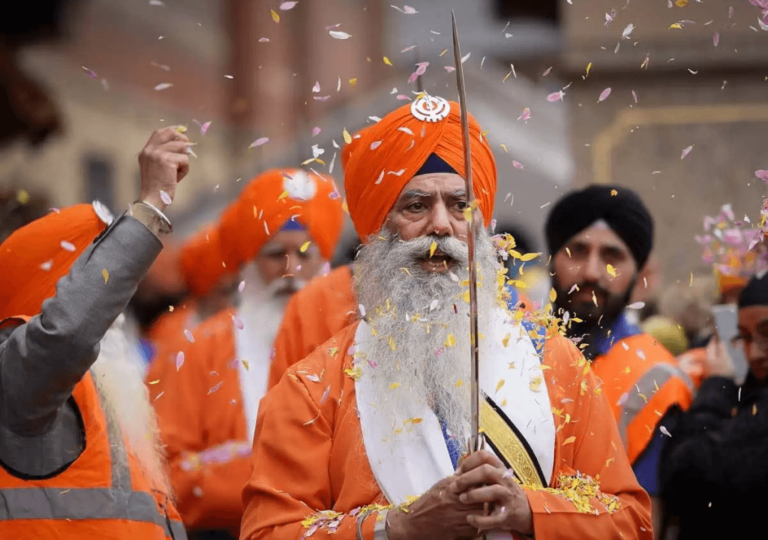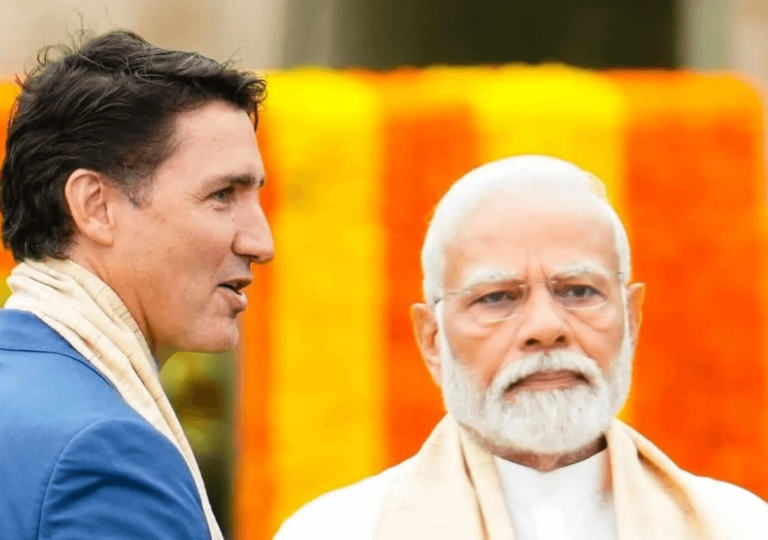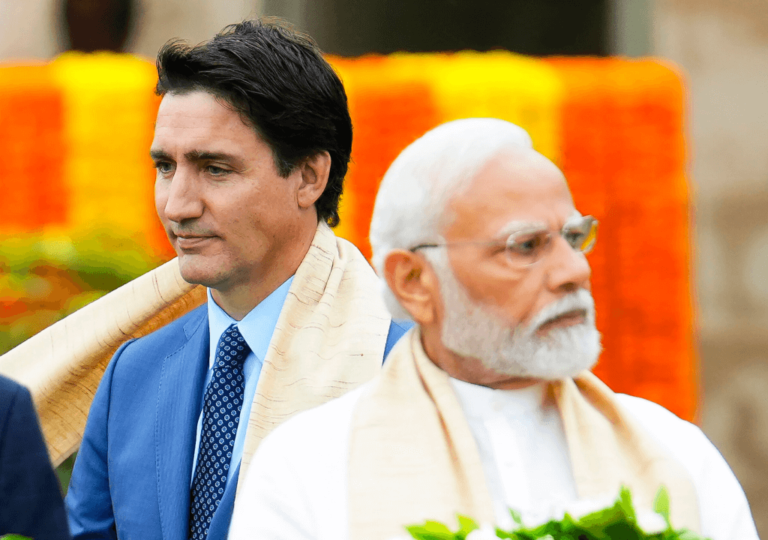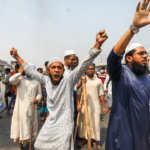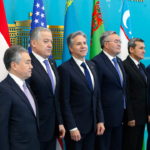India and Canada Begin a Cautious Diplomatic Thaw
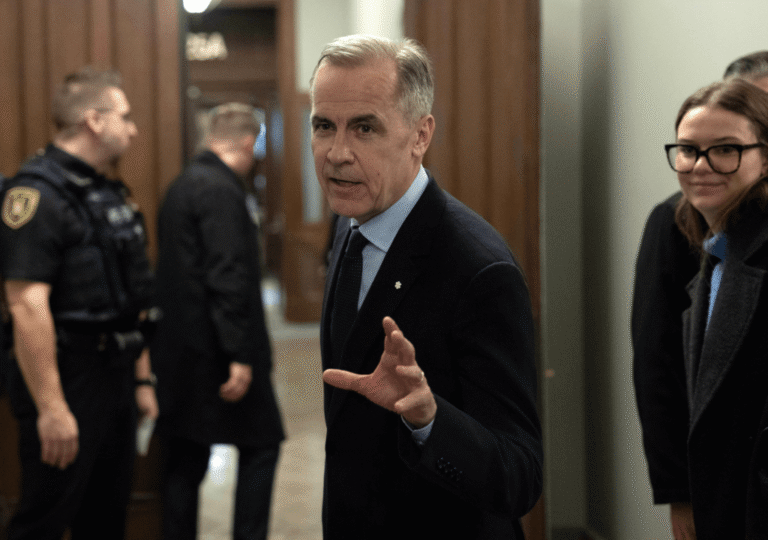
India and Canada are cautiously working to restore diplomatic ties after years of strain during Justin Trudeau’s leadership. With new leadership in Ottawa, both nations signal a fresh start through high-level engagement and dialogue.

